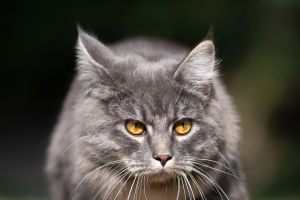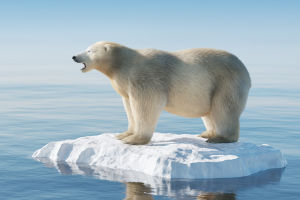Deer, a fascinating group of mammals belonging to the order Artiodactyla, exhibits a wide array of characteristics and habits that make them both captivating and ecologically significant.
They are quadrupeds with down-covered backs and necks, possessing distinctive features such as long, curved hooves, a broad snout, and branched horns.
Let us delve deeper into some of the prominent characteristics and behaviors exhibited by these majestic creatures:
Antlers, often more prominent in males and less so in females, exhibit various shapes and sizes among different species and individuals.
Deer coats display changes in coloration with the passing of seasons and the progression of age. Some species have shorter fur during summers, while it becomes longer and thicker during winters, allowing them to adapt to colder climates.
Being herbivores, deer predominantly feed on a diet comprising of plants such as grass, young leaves, fruits, and moss. Their digestive system is robust, enabling them to efficiently process plant fibers.
Deer have achieved a wide distribution, inhabiting diverse ecosystems, including forests, grasslands, mountains, and coastal areas.
Social behavior is a prominent aspect of deer, as they form groups or family units. During the breeding season, males engage in competitive and aggressive behavior, engaging in gladiatorial fights to establish dominance and secure mating rights.
Breeding seasons for deer vary across species and geographical regions. During this time, male deer exhibit their strength and prowess through various displays to attract potential mates.
Despite their significance in ecosystems, some deer populations face threats due to habitat destruction, hunting, and other human activities. Consequently, conservation efforts have been initiated in various regions to ensure their survival and successful reproduction.
The world of deer is vast and diverse, encompassing numerous species and subspecies, each with unique traits and adaptations suited to their respective environments:
1. White-tailed deer: One of the most prevalent deer species in North America, identifiable by the white underside of their tails. They inhabit forests, grasslands, and farmlands across the continent.
2. Mule deer: Residing in prairies and mountainous regions of western and Midwestern North America, these deer are named for their ears, resembling those of a mule.
3. Pronghorn: Despite its misleading name, the pronghorn is a distinct deer-like creature found in North America, particularly known for its impressive speed.
4. Elk: Also referred to as the North American moose, these deer rank among the largest species in the region, found in forests and grasslands.
5. Sambar deer: Among the world's largest deer species, they are primarily distributed in Southeast Asia.
6. Musk deer: Unusual among deer, these creatures lack horns, and the males sport a pair of canines. They inhabit Asian mountains and forests.
7. Fallow deer: Originally from Europe, fallow deer have been introduced to numerous regions, including North America and Australia, due to their captivating appearance.
8. Père David's deer: A unique deer species indigenous to China, which now only exists in captivity after facing extinction in the wild due to threats to its wetland habitat.
This is merely a glimpse of the diverse world of deer species. Each deer type plays a crucial role in maintaining ecological balance within its specific habitat.
As we continue to learn more about these captivating animals, it becomes increasingly vital to safeguard their existence and preserve the intricate web of life in which they are integral components.


